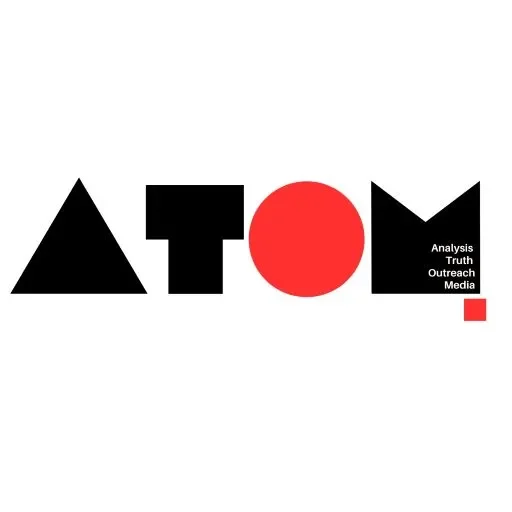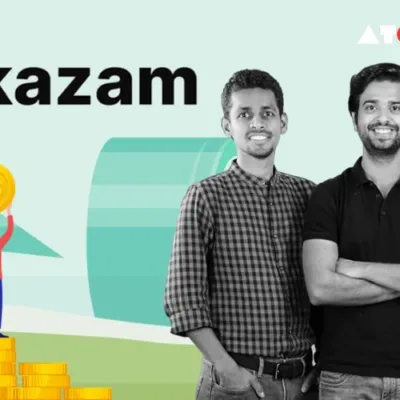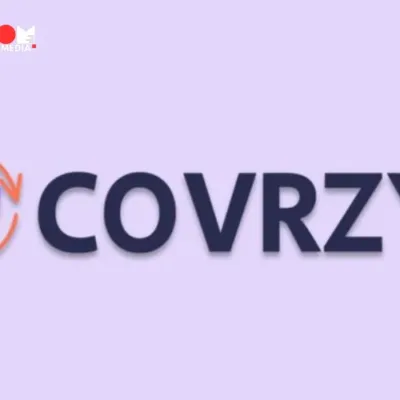A recent report by the Center for Monitoring the Indian Economy (CMIE) sheds light on the significant gap between women’s enrollment in schools and their representation in the workforce. In 2022, only 10% of working-age Indian women were either employed or actively seeking jobs, indicating a substantial disparity despite improved access to education.
Educational Progress vs. Workforce Representation
The Unified District Information System for Education Plus (UDISE+) report revealed positive trends in female enrollment in primary and upper primary education. However, the transition from educational institutions to the workforce faces obstacles such as societal norms, gender stereotypes, inadequate family support, infrastructure shortcomings, and limited access to opportunities.
Challenges in Skill-Based Employment
Experts point out that women encounter challenges in securing employment opportunities requiring hard skills, particularly in sectors like core engineering. Perceived difficulties in roles involving extended working hours, night shifts, or extensive travel further contribute to the gender gap in certain industries.
Customized Upskilling and Mentorship Programs
To address these challenges, educational institutions are urged to develop customized upskilling courses tailored to women’s needs. Mentorship programs can assist women in navigating the complexities of entering the workforce, offering guidance and support. Chiradip Bandyopadhyay from FORE School of Management suggests these initiatives can enhance women’s employability.
Workforce Participation Trends
In 2023, men’s workforce participation in India rose to 67%, while women’s participation declined from approximately 36% in 2021 to slightly over 33% in both 2022 and 2023. This underscores the need for targeted interventions to boost female workforce participation.
Educational Institutions as Catalysts for Change
Experts propose that educational institutions play a crucial role in creating a level playing field for women entering the workforce. Incorporating internship opportunities, mentorship programs, targeted training, and offering financial support are identified as key strategies to empower women in their professional journeys.
Government Initiatives for Empowerment
Addressing the gender gap in the workforce requires robust government policies and initiatives. Encouraging women’s education, skill development, and entrepreneurship, along with measures supporting workplace inclusivity and childcare, can significantly enhance female workforce participation. Meenakshi Sharma from KL Deemed to be University emphasizes the pivotal role of targeted policies in fostering women’s economic empowerment.
In conclusion, a multi-faceted approach involving educational institutions, government initiatives, and industry collaborations is crucial to bridge the gender gap and create a more inclusive and diverse workforce in India.
Read more.. Marketing News, Advertising News, PR and Finance News, Digital News.





